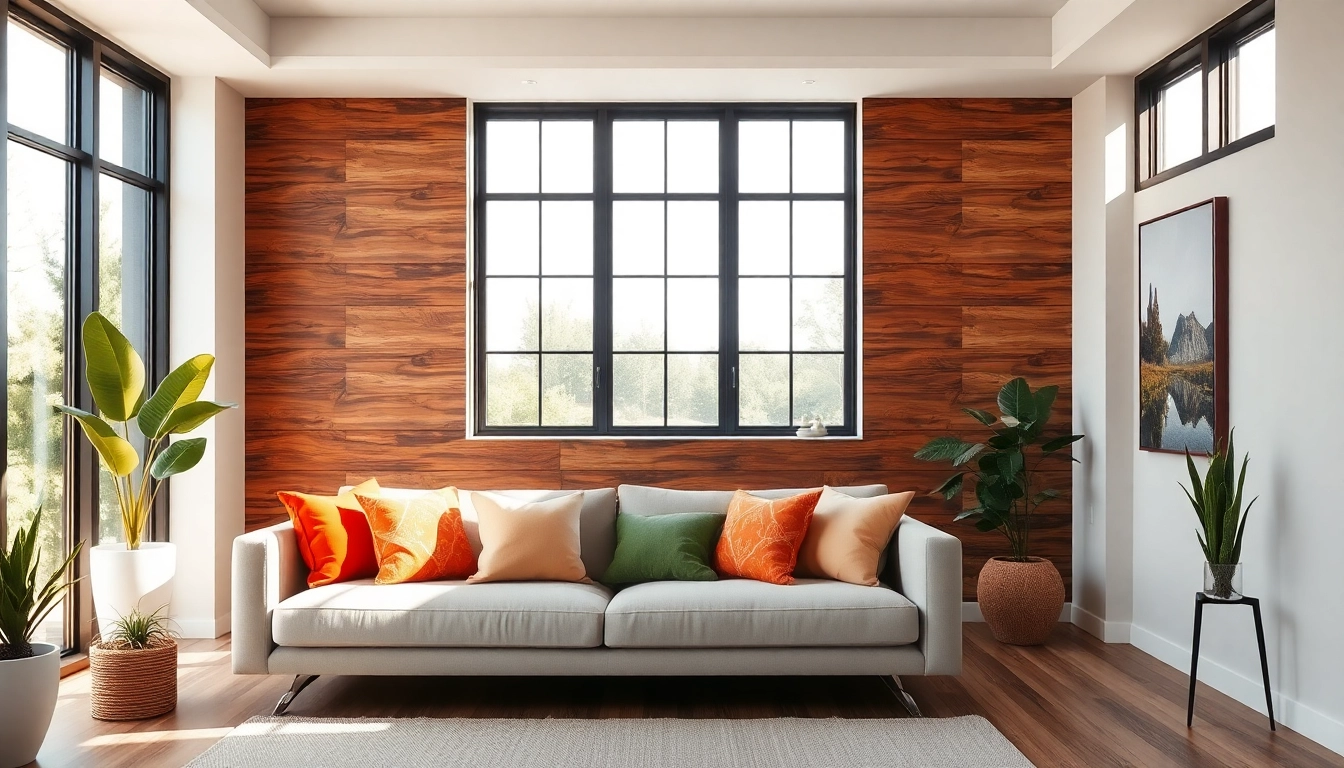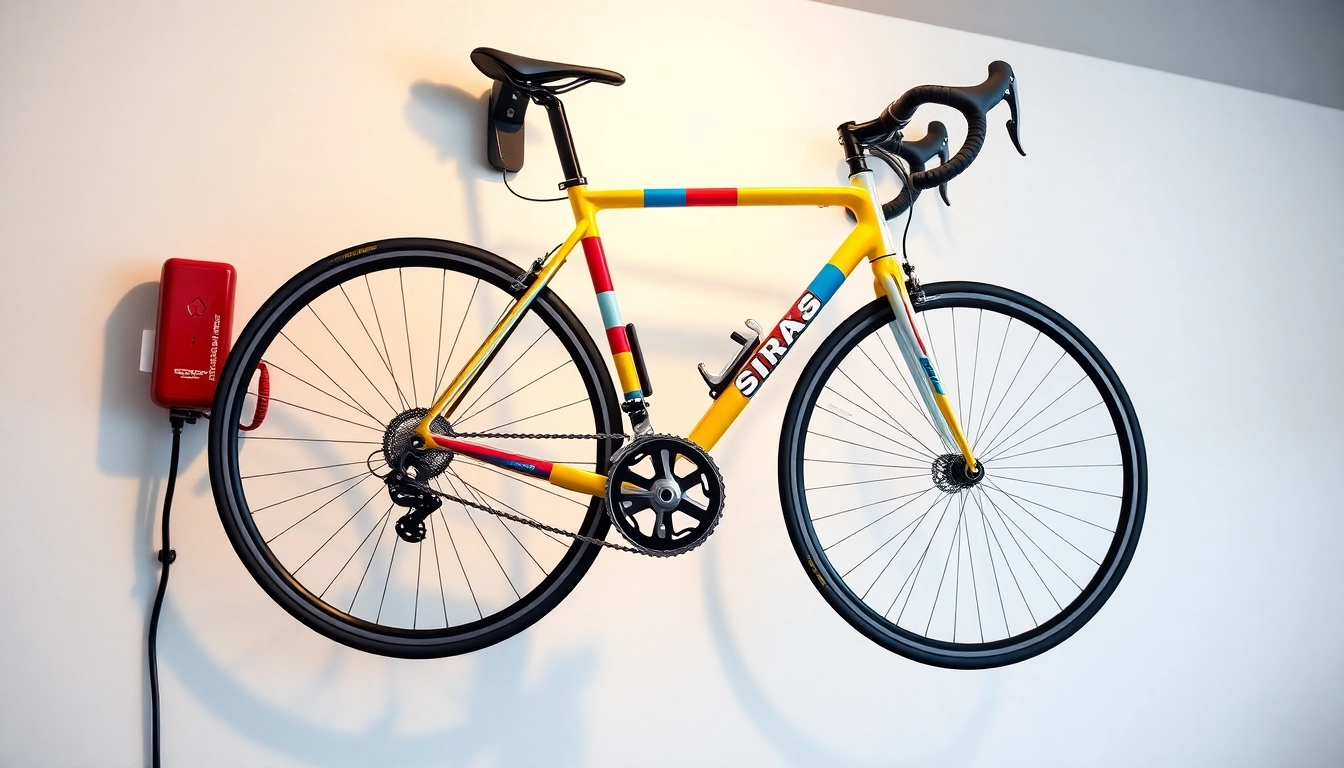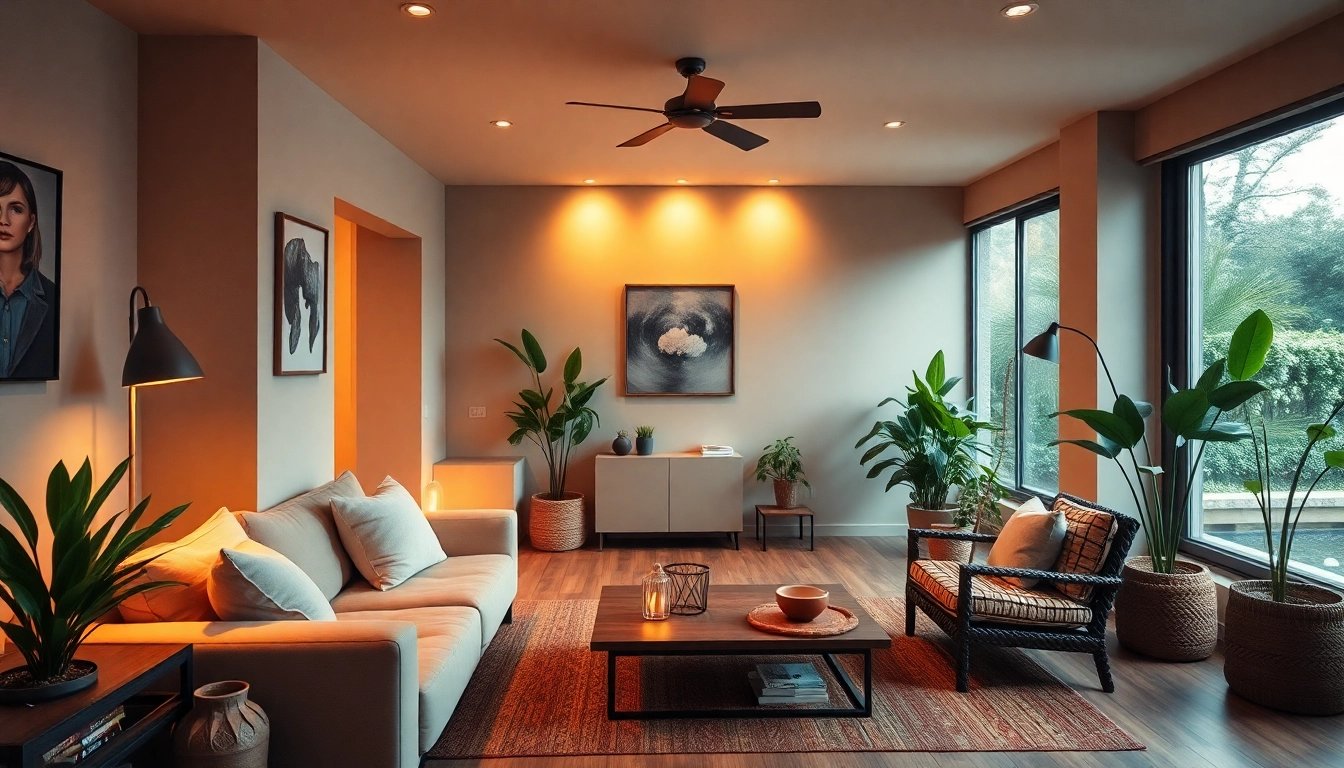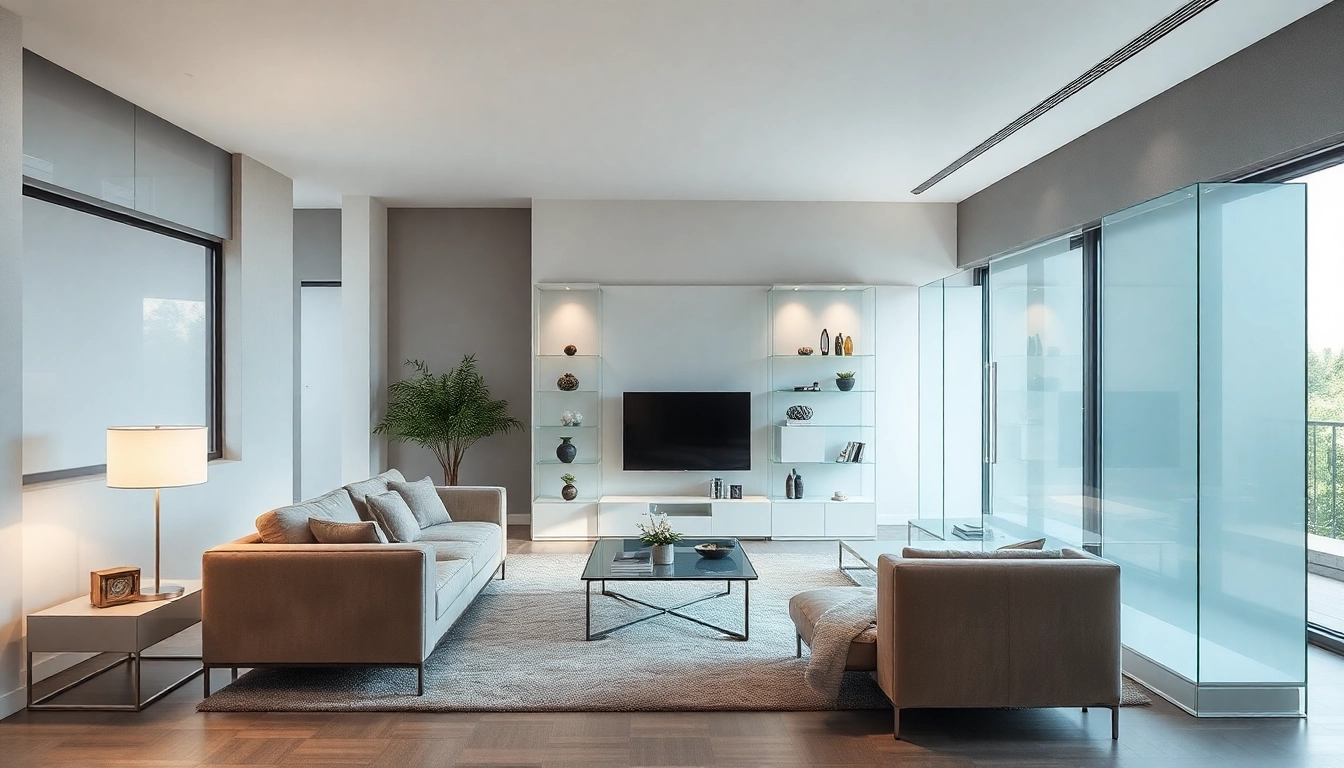Introduction to Peel and Stick Wood Paneling
In the world of interior design, creating inviting and aesthetically pleasing spaces can sometimes feel overwhelming. However, with innovative solutions like peel and stick wood paneling, transforming a room has never been easier. Whether you’re a DIY enthusiast or just looking to refresh your home’s interior, peel and stick wood paneling offers a blend of style, ease of installation, and practicality. This article delves into everything you need to know about this modern wall treatment, from benefits to installation tips, and creative uses that can add character to any room.
What is Peel and Stick Wood Paneling?
Peel and stick wood paneling is a type of wall treatment that consists of panels made from real or engineered wood, designed with an adhesive backing for easy application. This eliminates the need for nails, screws, or messy adhesives. It’s an ideal solution for homeowners looking to achieve the natural beauty of wood without the hassle of traditional installation methods. The panels come in various designs, colors, and sizes, replicating the look of genuine wood while offering durability and convenience.
Benefits of Using Peel and Stick Wood Paneling
There are numerous advantages to choosing peel and stick wood paneling:
- Ease of Installation: The most significant benefit is how simple it is to install. With just a few basic tools, anyone can have a stunning wood look in no time.
- Affordability: Compared to traditional wood paneling options, peel and stick varieties tend to be more budget-friendly, making them accessible for anyone looking to upgrade their space.
- Versatility: Peel and stick wood paneling can be used in various spaces, from living rooms and bedrooms to kitchens and bathrooms, adapting seamlessly to different styles and themes.
- Low Maintenance: These panels are generally easier to clean and maintain compared to traditional wood, requiring only simple dusting or wiping down with a damp cloth.
- Temporary Solution: If you’re renting or frequently redesigning your space, peel and stick panels can be removed and replaced without damaging the underlying walls.
Popular Styles and Designs to Consider
The market offers a multitude of designs for peel and stick wood paneling, allowing homeowners to personalize their spaces. Some popular styles include:
- Rustic Barnwood: Perfect for a farmhouse aesthetic, these panels mimic the weathered look of reclaimed barn wood.
- Sleek Modern Planks: Long, thin strips in smooth finishes can give a contemporary vibe to any room.
- Shiplap: Offering a classic coastal look, shiplap panels have become increasingly popular for their clean lines and timeless appeal.
- Textured Panels: Some designs feature textures, adding depth and interest to flat surfaces, perfect for accent walls.
- Customized Patterns: For a unique touch, some manufacturers allow for custom designs or specific finishes, catering to individual tastes.
Installing Peel and Stick Wood Paneling
Preparation: Tools and Materials Needed
Before you embark on your peel and stick wood paneling project, gather the necessary tools and materials to ensure a smooth installation process:
- Peel and stick wood panels
- Measuring tape
- Pencil for marking
- Level to ensure straight lines
- Utility knife for cutting panels
- Clean cloth for wall preparation
- Optional: Adhesive roller for added security
Step-by-Step Installation Guide
Step 1: Prepare Your Walls
Ensure your walls are clean, dry, and smooth. Remove any old wallpaper or flaking paint, and fill any holes or imperfections. A clean wall surface helps the adhesive stick effectively.
Step 2: Plan Your Layout
Measure the wall space where you plan to install your paneling. Many installers prefer to start from the center of the wall and work outwards, which can create a more balanced look. Use a level to draw vertical lines as guides for alignment.
Step 3: Peel and Stick
Remove the backing from the first panel and align it with your starting line. Press it onto the wall firmly, working from the center outwards to minimize air bubbles. Use a utility knife to trim any excess at edges or corners for a clean finish.
Step 4: Continue Installing Panels
Repeat this process with each panel, ensuring they fit snugly against one another. If a panel doesn’t line up perfectly, adjust before the adhesive sets.
Step 5: Finishing Touches
Once all panels are installed, check for any gaps and apply caulk if necessary. This can help achieve a seamless look. Also, consider applying sealants if desired, although many peel and stick panels are designed to be low-maintenance and do not require this step.
Common Mistakes to Avoid During Installation
For a successful installation, be mindful of these common pitfalls:
- Skipping Surface Preparation: Failing to clean and prep the wall can lead to adhesive failure over time.
- Poor Measurement: Take your time measuring and marking to avoid cutting panels inaccurately, which can waste materials.
- Rushing the Process: Quick installations can lead to misalignment; allow time for careful installation.
- Ignoring Temperature and Humidity: Ensure the installation area falls within the recommended temperature and humidity range, as this can affect adhesion.
Maintenance Tips for Peel and Stick Wood Paneling
Cleaning and Care Instructions
Maintaining your peel and stick wood paneling is simple and requires only basic cleaning techniques. Here’s how to keep them looking great:
- Dust Regularly: Use a soft, dry cloth or a feather duster to remove dust from the surface.
- Wipe Off Spills: Clean up spills immediately using a damp cloth. Avoid using harsh chemicals or abrasive cleaners that could damage the finish.
- Inspect Panels: Regularly check panel adhesion, especially in high humidity areas, and press any loose edges back into place.
How to Repair or Replace Panels
One of the great advantages of peel and stick wood paneling is the simplicity of repairing or replacing individual panels:
- If a panel gets damaged, carefully peel it off and replace it with a new one. Ensure the new panel’s adhesive is secure for optimal performance.
- For minimal repairs like scratches, consider using wood fillers or touch-up markers that match the panel color.
Long-Term Maintenance Strategies
To prolong the longevity of your panels:
- Avoid excessive moisture exposure in areas like bathrooms; consider using moisture-resistant options in these spaces.
- Consider periodic resealing if you live in a region with extreme weather conditions that might affect the adhesive quality over time.
- Keep the panels away from direct sunlight to prevent fading and discoloration.
Creative Uses for Peel and Stick Wood Paneling
Accent Walls and Feature Areas
Creating accent walls with peel and stick wood paneling can transform standard areas into focal points in your home. Popular choices include:
- The living room behind a sofa can create a striking backdrop.
- In bedrooms, a feature wall behind the bed can give depth and create a serene atmosphere.
- Entryways can be enhanced with a stylish wood paneling feature that greets guests warmly.
Using Panels in Commercial Spaces
Peel and stick wood paneling is increasingly popular in commercial design, owing to its versatility and ease of maintenance. Here are some suitable applications:
- Restaurants can use panels to create cozy dining nooks or enhance bar areas.
- Offices can benefit from sound-dampening properties and aesthetics that improve ambience.
- Retail spaces can utilize wood panels to define areas or highlight merchandise displays.
Decor Ideas for Every Room
Incorporating peel and stick wood paneling into your decor can add warmth and a sense of style to any room. Here are some innovative ideas:
- Bathrooms can feature paneling behind mirrors or vanities for an elegant touch.
- Kitchen backsplashes can be creatively designed with wood paneling for a rustic look.
- Hallways can be dressed up with wood panels for an inviting entryway experience.
Conclusion and Final Thoughts on Peel and Stick Wood Paneling
Summarizing Key Benefits
Peel and stick wood paneling offers a unique combination of practicality, beauty, and versatility. It allows homeowners and designers to create stunning spaces without the complexity of traditional methods. The ease of installation and the variety of styles make it an excellent choice for any project.
Final Installation Tips for Optimal Results
To achieve the best results:
- Take your time during installation and double-check measurements.
- Ensure that the environment is suitable for adhesion to last long-term.
- Consider the direction of light when selecting colors and finishes to enhance your space.
Encouraging Your Next Home Makeover
Whether you’re planning a complete home makeover or just looking to refresh your space, peel and stick wood paneling is a practical and stylish solution. With its ease of installation, low maintenance needs, and wide variety of styles, it’s the perfect option for both modern and traditional design tastes. Embrace creativity and versatility with peel and stick wood paneling, and elevate your living spaces to new heights.




